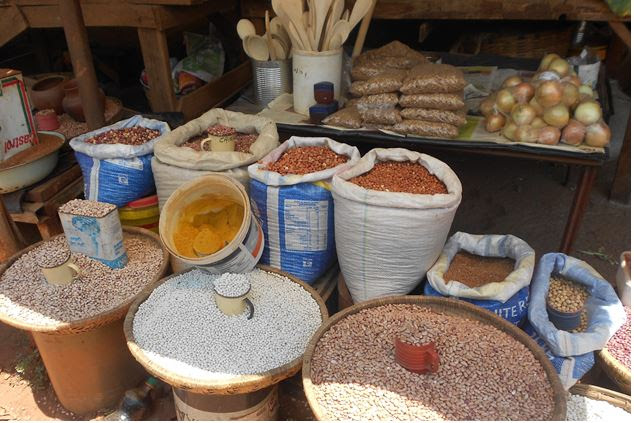|
Getting your Trinity Audio player ready...
|
By Charles Dhewa
Contrary to western markets like supermarkets where most of the commodities are sold by weight through kilograms, for instance, African mass markets have developed their own best practices in measurement and linking measurements to price or value. To avoid the inconvenience of having to weigh commodities each time someone wants to buy, market actors have simply agreed that as long as a bag of grain is full everyone is satisfied and trading can go on.
Behind every measurement, there are units of measurements which eliminate the need to spend time weighing commodities each time a buyer wants to buy something. If that were to happen, there would be long queues as buyers wait to have their consignments weighed. The market has simply converged around some consistency guaranteed through common measurements so that trading happens quickly.
Units of measurement are mostly driven by how commodities are sold
For instance, green mealies are conveniently sold in dozens while bundles are ideal for leafy vegetables. This is also influenced by end-users such as consumers in urban high residential areas who prefer buying leafy vegetables in small bundles comprising a specific number of leaves. In big mass markets, a bundle of Covo or Rape vegetables is made up of 200 – 220 leaves which are broken down to 16 leaves at street vending sites which also goes down 10 leaves, translating to each leaf costing 50c, depending on the availability of vegetables in the market.
Farmers are often not aware of these important details which determined profitability. For instance, they are not aware that a 30 kg plastic crate of tomatoes is filled up with 52 – 60 big tomato fruits, 71 – 84 medium tomato fruits, and 96 – 120 fruits. A 62kg bag/saseka of cucumbers is filled up with 180 big tubers, 200 – 220 medium tubers, and 240 – 300 small.
Measuring what cannot be counted
Twenty litre tins are often used to measure and sell volumes that cannot be counted. After the 5l the next level is 20l which traders derive from the number of 5l that can get into the 20l, simplifying calculations. However, the 20l tin is highly controversial because it is not the same everywhere. Most 20l containers have commodities worth 18kg. Some have collars while other have lower brims. The 20l tin is not ideal for selling Kapenta fish/Matemba because the small fish do not command enough weight to fill up gaps. Kapenta fish/Matemba are better sold through kilograms like what happens in shops. hen using the 20l tin, Kapenta fish/Matemba tend to be over-priced.
Indigenous and subjective measurements
An indigenous chicken cannot be sold using a weighing scale because weighing does not adequately consider critical benefits beyond consumption, like mothering ability and capacity to produce many eggs or resistance to pests and diseases. Although some measurements like cups, punnets and 5l tins are informed by gender considerations, most units of measurements are gender-blind. The measurements are influenced by transporters and weight when lifting. For example, the big banana saga contains 1000 – 1200 banana fruits. Weight-based measurements are generally not gender-sensitive because women may not lift some of the loads from farm to market or market to end-users. There are healthy implications to lifting heavy loads.
Affordability by consumers informs units of measurements in most markets. However, markets can unconsciously cause discrimination among customers, some of whom end up affording commodities with less value, disadvantaging those with less money especially most women.






